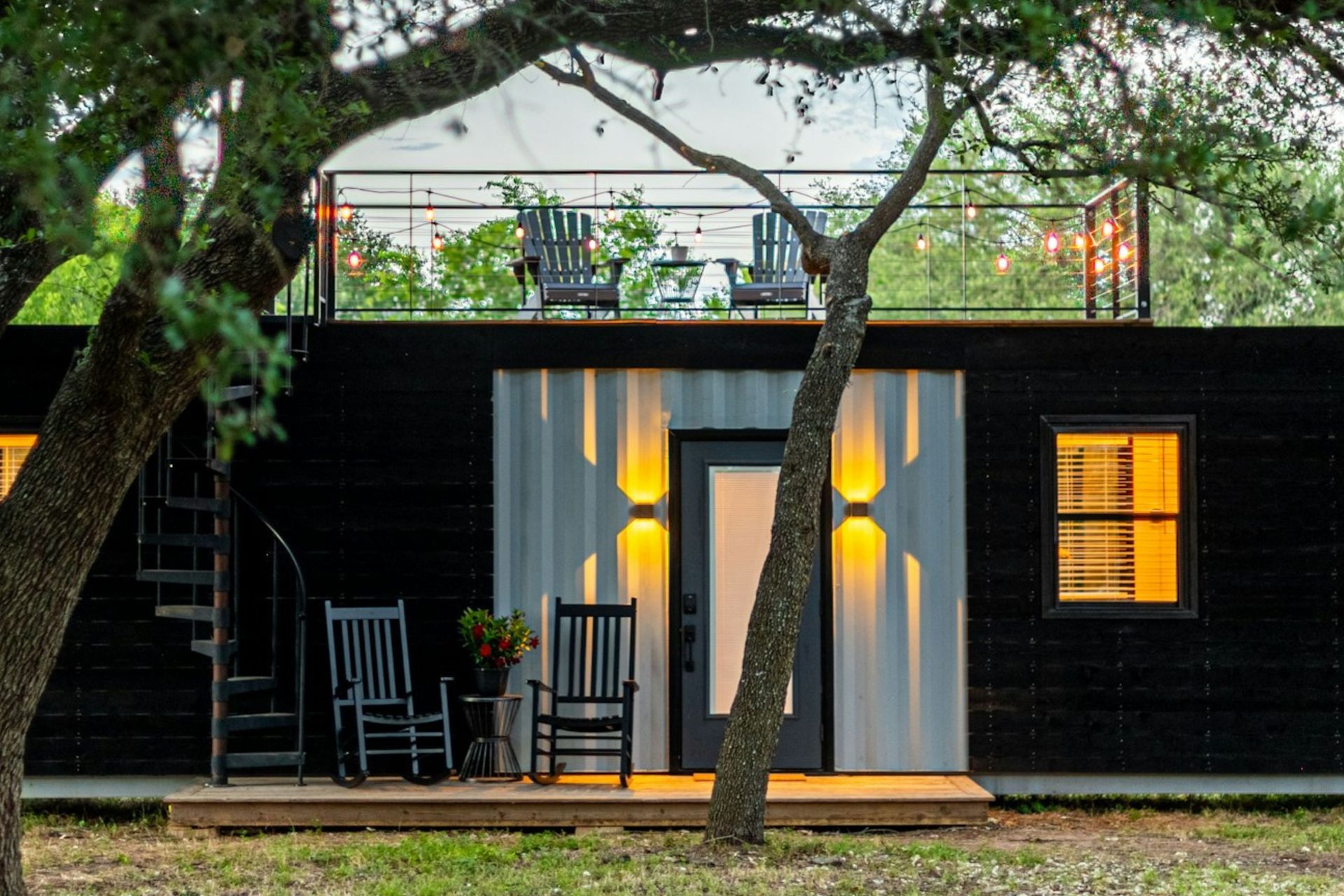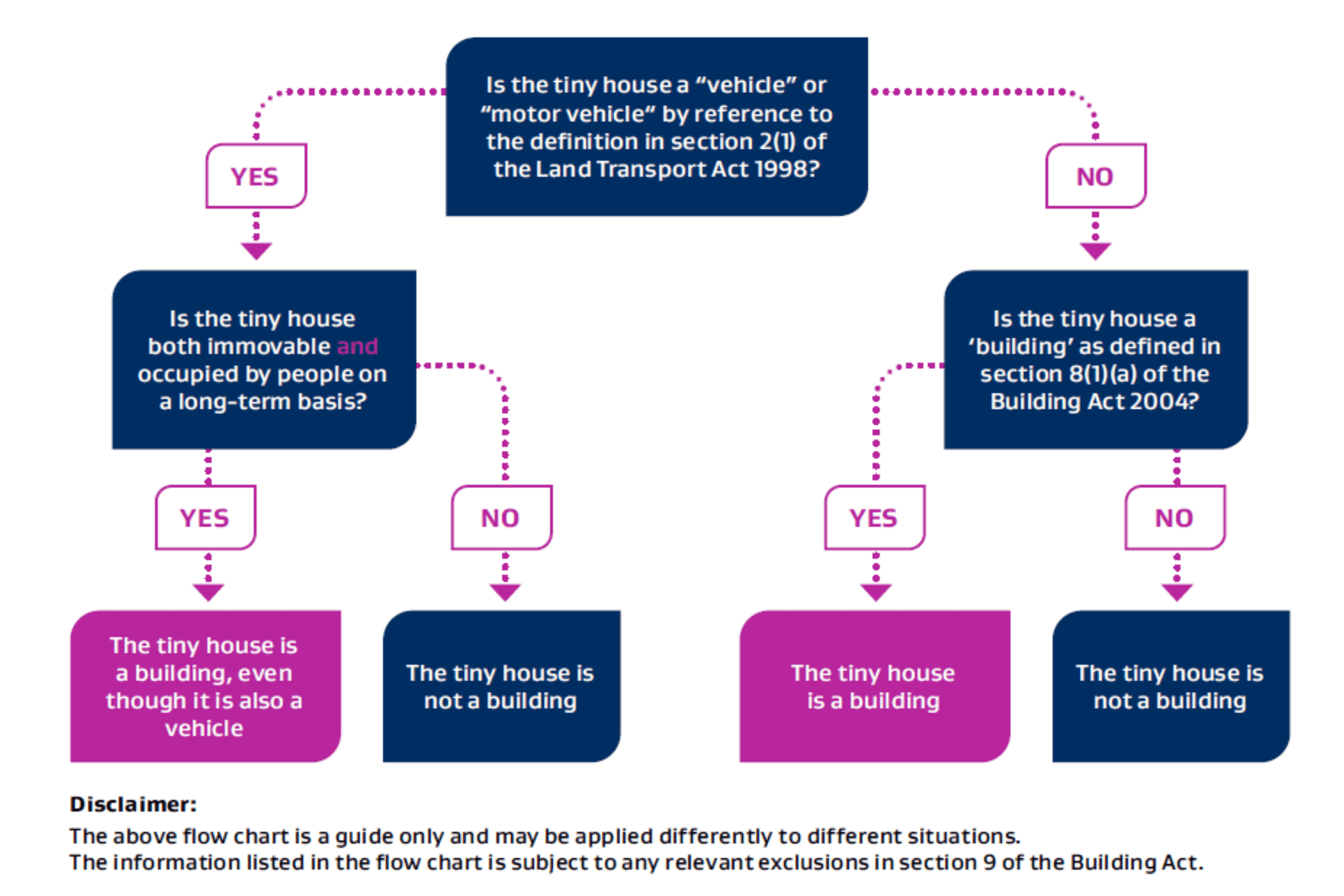DO YOU NEED A RESOURCE CONSENT FOR A TINY HOME?

The Resource Consent Requirements
In New Zealand, building or modifying a structure typically requires navigating and understanding the Resource Management Act 1991 (RMA). This Act ensures developments avoid or minimise effects on the environment. Resource consents are formal approvals from Councils, authorising activities that fall outside the scope of permitted activities outlined in district or regional plans.
The Auckland Unitary Plan and Tiny Homes
Auckland, with its sizeable population and unique zoning regulations, presents a specific case for tiny homes. The Auckland Unitary Plan (AUP) dictates planning rules for the city.
- Tiny Homes as Buildings and Dwellings: The AUP classifies tiny homes as both buildings and dwellings. This means they must adhere to the relevant zone rules, Auckland-wide rules (like earthworks restrictions and natural hazards), and any overlay rules that apply to your property.
- Complying with the AUP: If your tiny home adheres to all the relevant AUP provisions, you might be exempt from needing a resource consent.


Seeking Clarification
Since August 31st, 2020, building consents are no longer required for certain types of small, detached dwellings, including sleepouts and cabins. But the AUP requirements are relevant. It can be complex, and interpretations can vary, so talking to someone from our planning team will confirm your options. We can advise on potential exemptions or assist you with the resource consent process, if that’s what you need.
Gather your Information
To determine if you need a resource consent you’ll need to know the following about your tiny home:
- Its dimensions (height, total area).
- Where it will sit on your property.
- Size of your site.
- Size of the tiny home in square metres. The net floor area in a building is measured to the inside of the enclosing walls or posts/columns.
- How much of your site is covered by building (eg: your main home and garage).
- How much of your site is covered by hard surfaces (eg: paving and driveways).
- How much of your site is covered by landscaping (eg: gardens).

Beyond Auckland
While Auckland has a Unitary Plan, the RMA applies nationwide. Tiny home regulations can differ between councils depending on the district plan requirements. Always check with your local council to determine their specific requirements for resource consents for tiny homes.
What if My Tiny Home is on Wheels?
The Ministry of Business, Innovation and Employment (MBIE) has released the “tiny-houses-guidance-mbie“. This guide is designed to help both builders and councils determine whether your tiny house is considered a vehicle, a building, or even both! Its worth noting the guide is not law and can be interpreted or amended from council to council.
According to Section 2(1) of the Land Transport Act 1998 a tiny home is a vehicle if it is built on a trailer (light or heavy trailer) and stays on that trailer when stationery. It can be transported to a new site using another vehicle, but must return to its original trailer once it is settled at its new location. If a kitchen and/or bathroom is part of your tiny house, this is when it may move into the vehicle-and-a-building classification.
The flowchart below from the MBIE guide could help determine your unique situation.
At the end of the day, your local council will have the last say on whether your tiny home on wheels (THOW) is a vehicle and/or a building. This is because different councils can make amendments based on their specific area. Thomas Consultants can help you understand the process with Auckland Council and navigate the next steps.
Planning for your Tiny Home
By understanding the resource consent landscape and the specific regulations in your area, you can approach your tiny home project with confidence. Knowing the number of variables at each site, our planning team can recommend the ideal location for your tiny home and simplify the process. Contact the Planning team via email today, or phone them on (09) 836-1804.
Disclaimer: We’ve worked hard to make sure this information is current, however, laws and guidelines can be updated over time. It’s always a good idea to talk to our planning team for the latest information.
